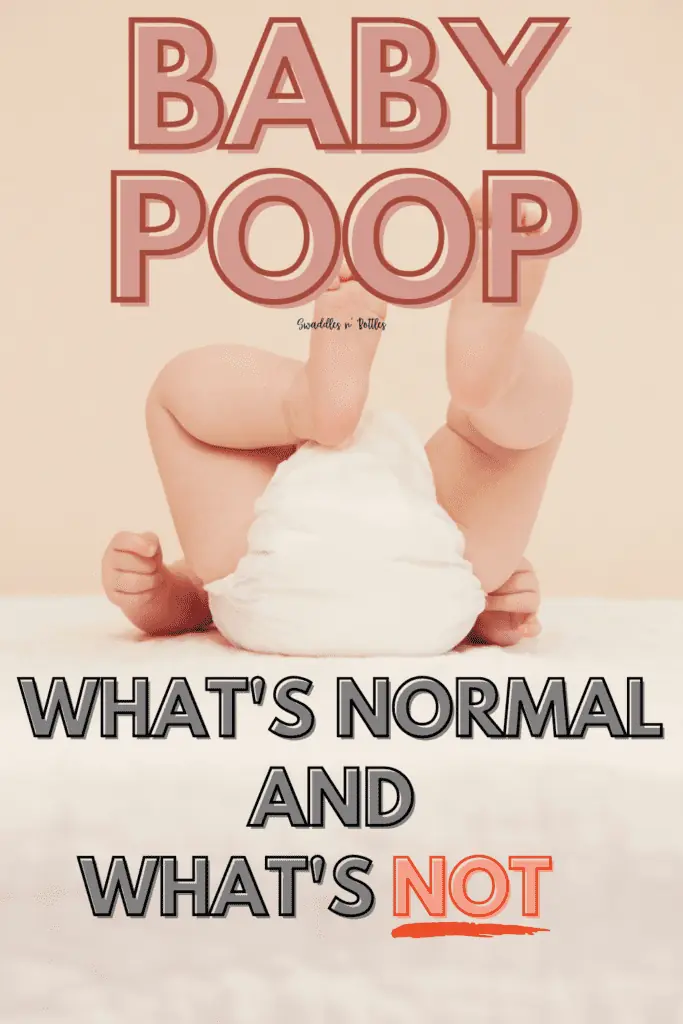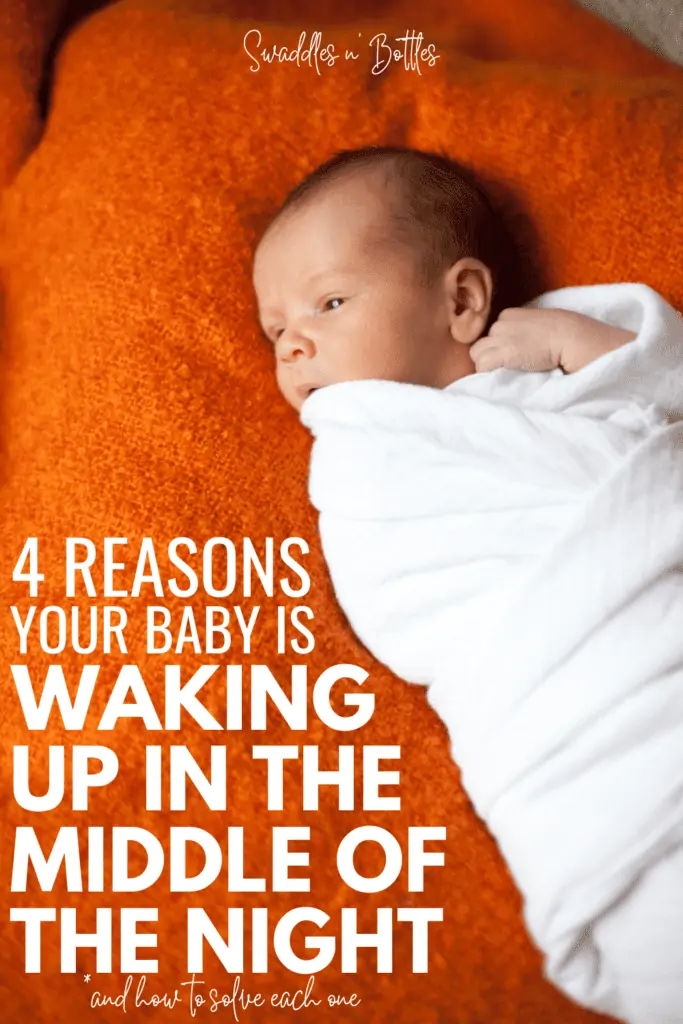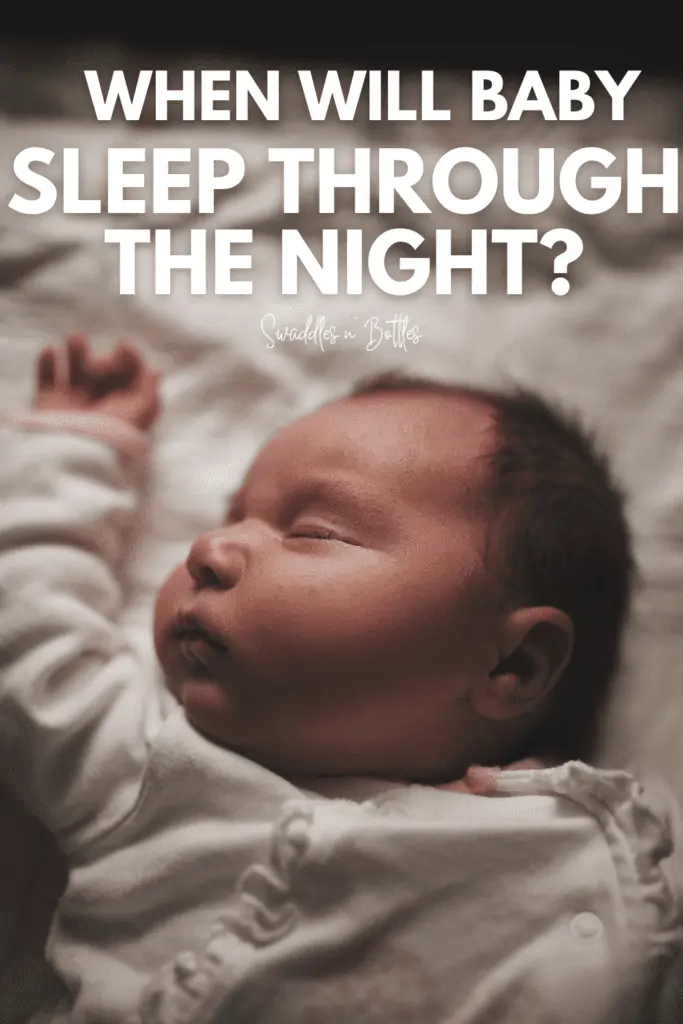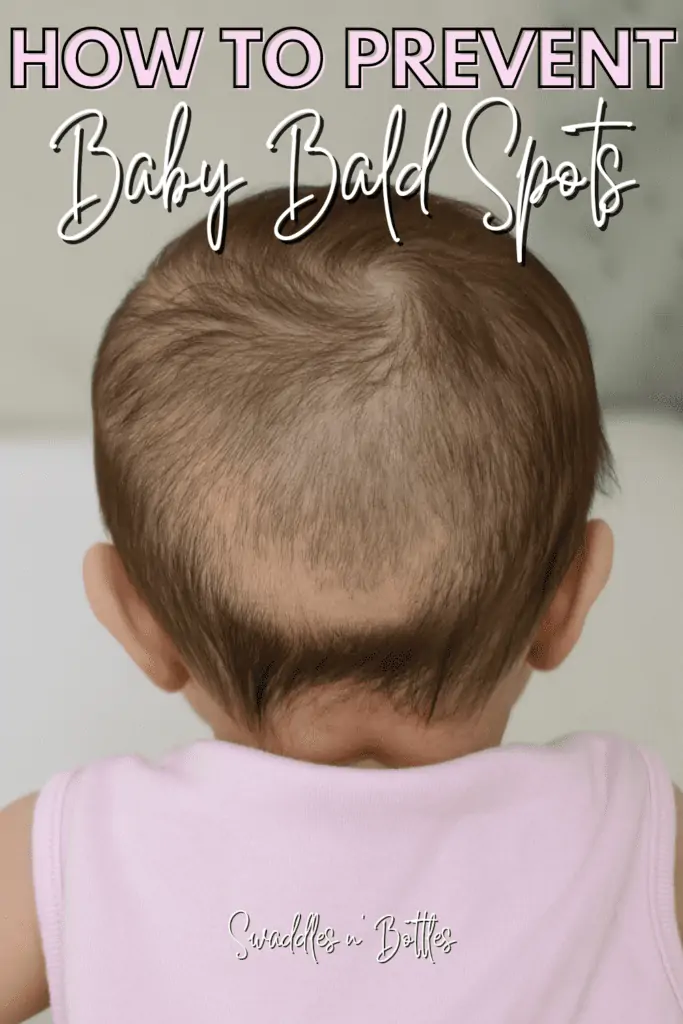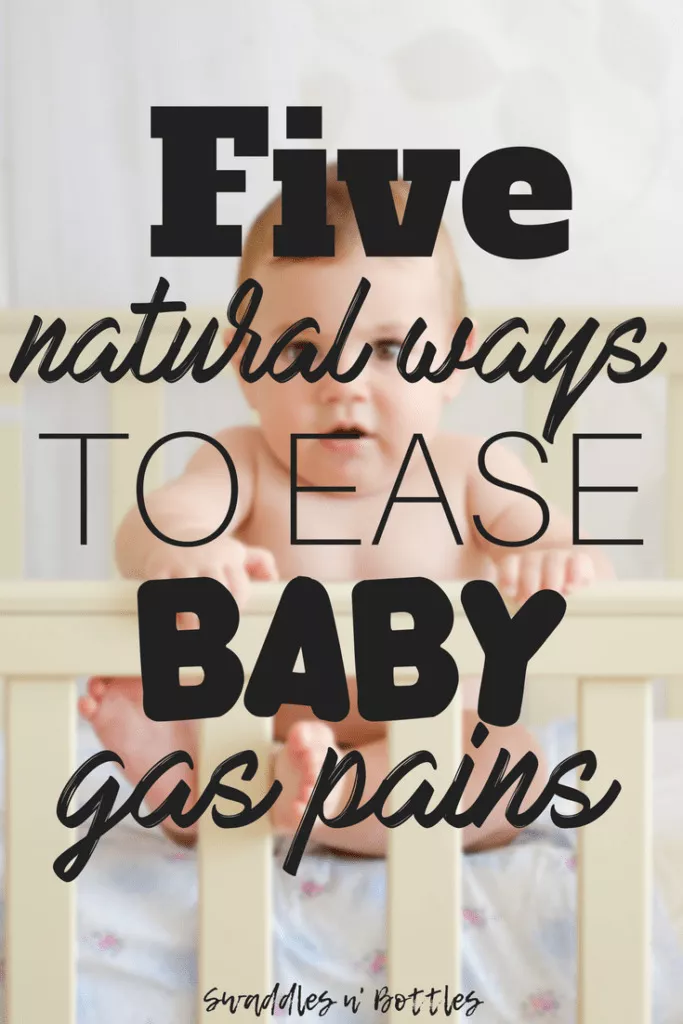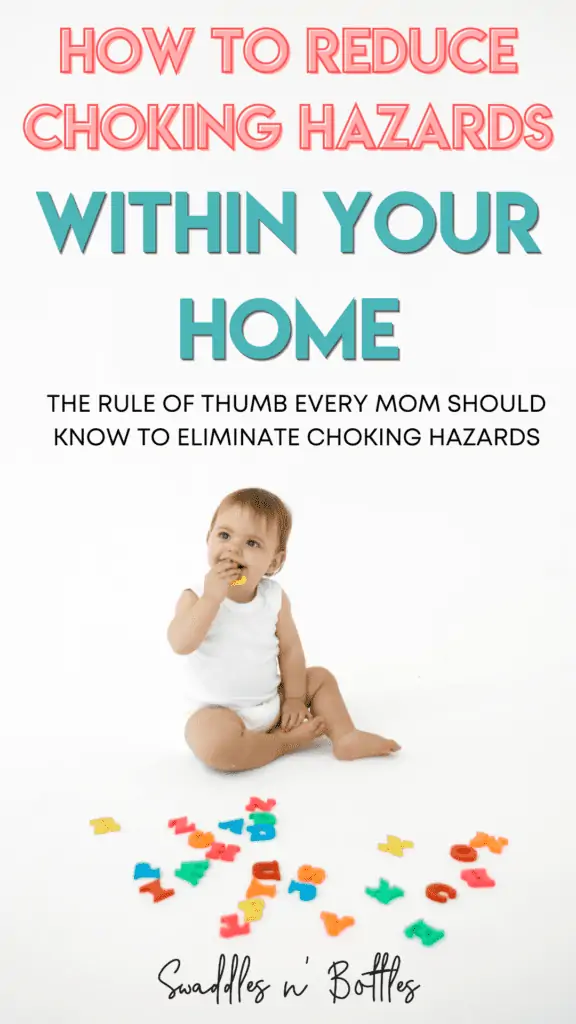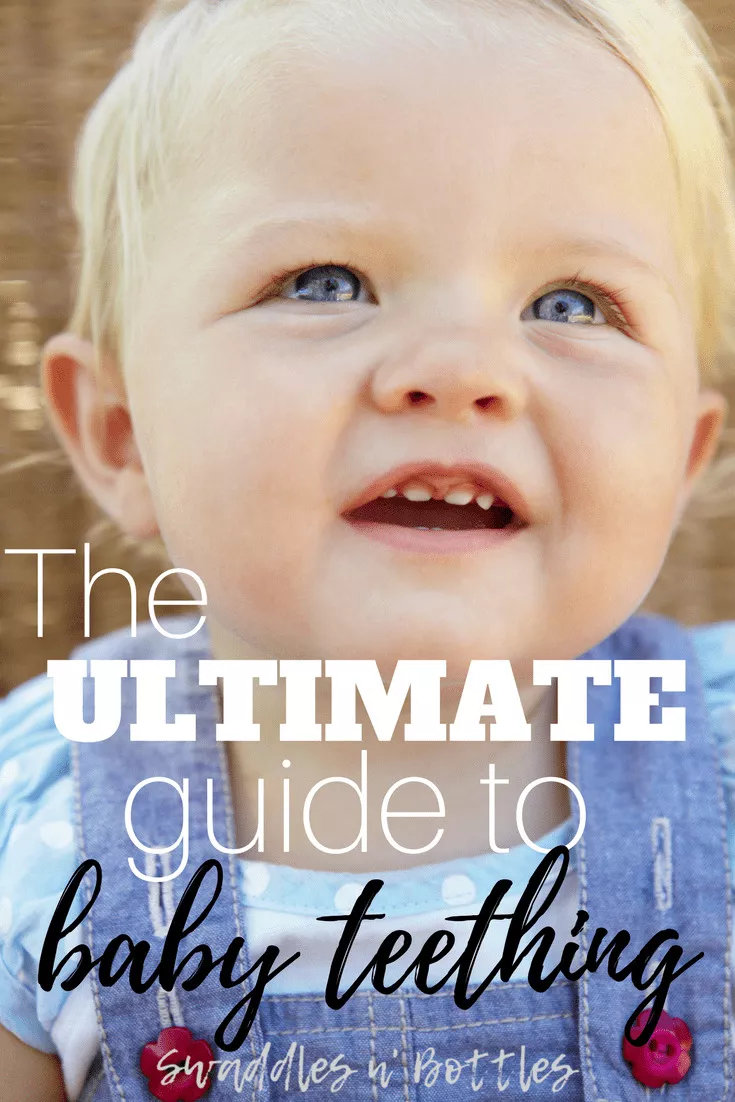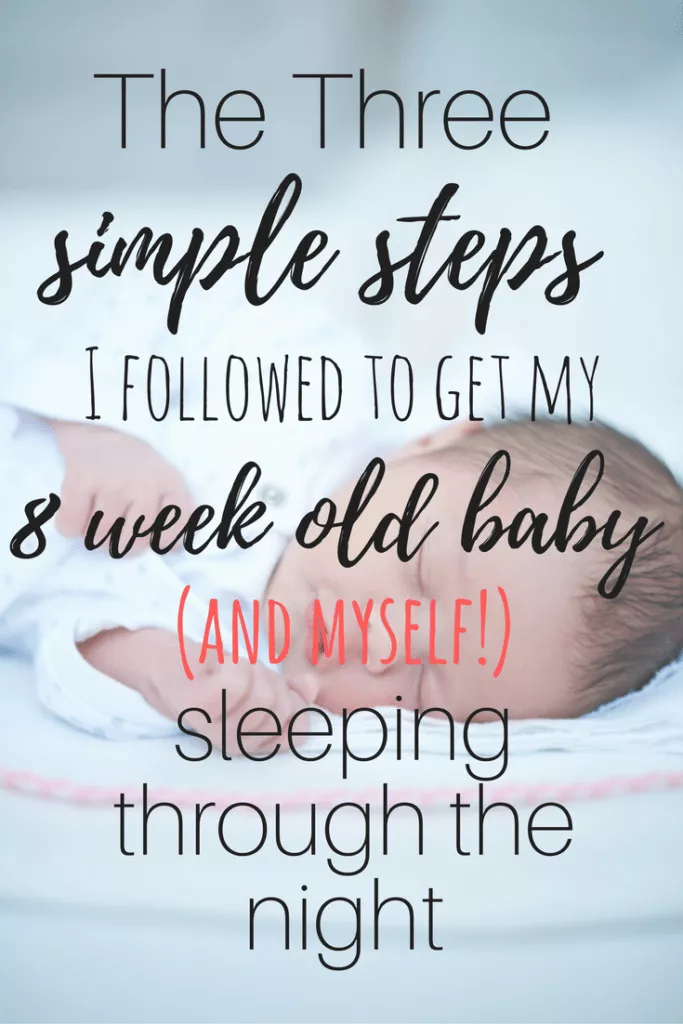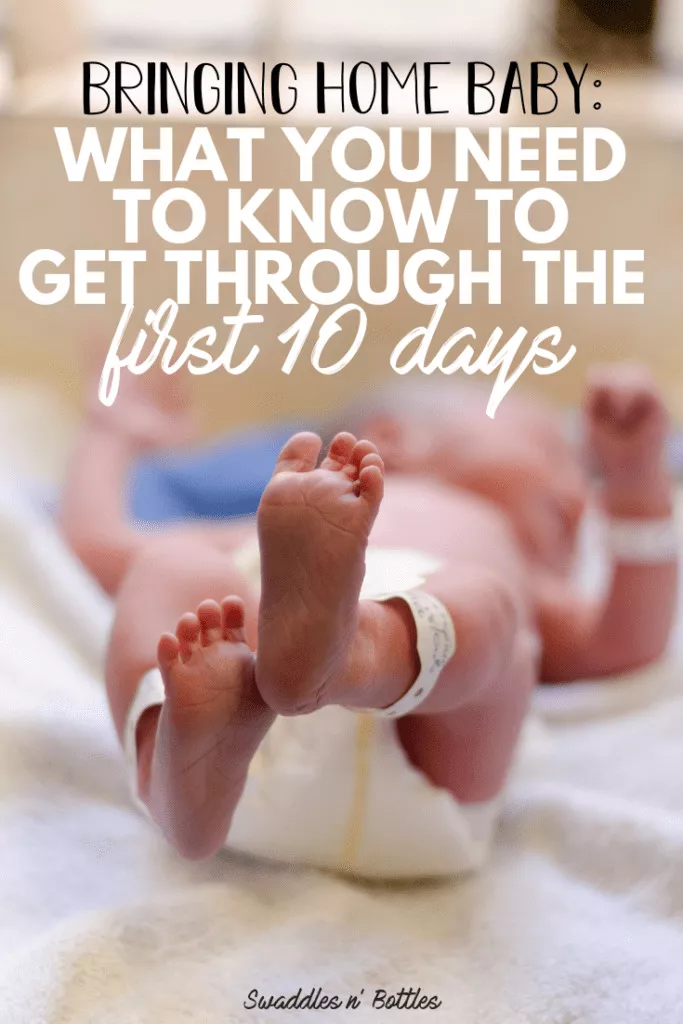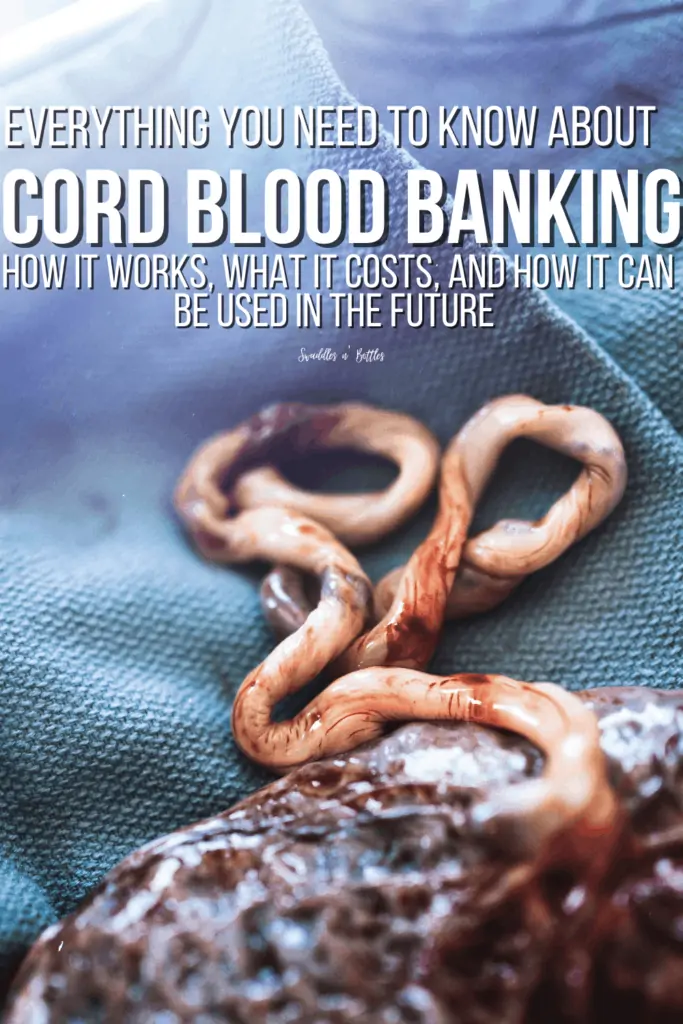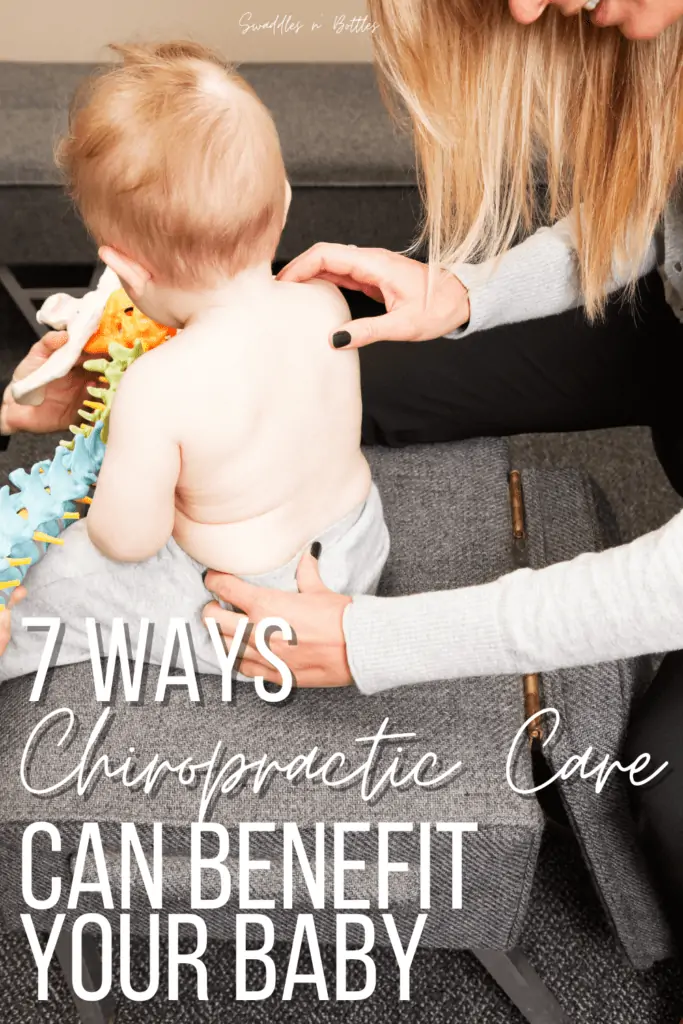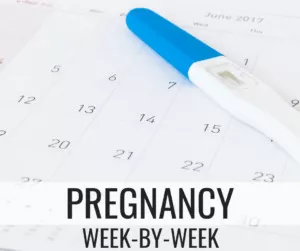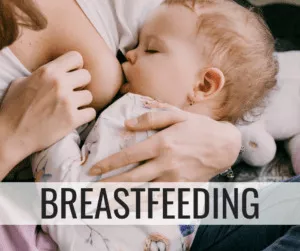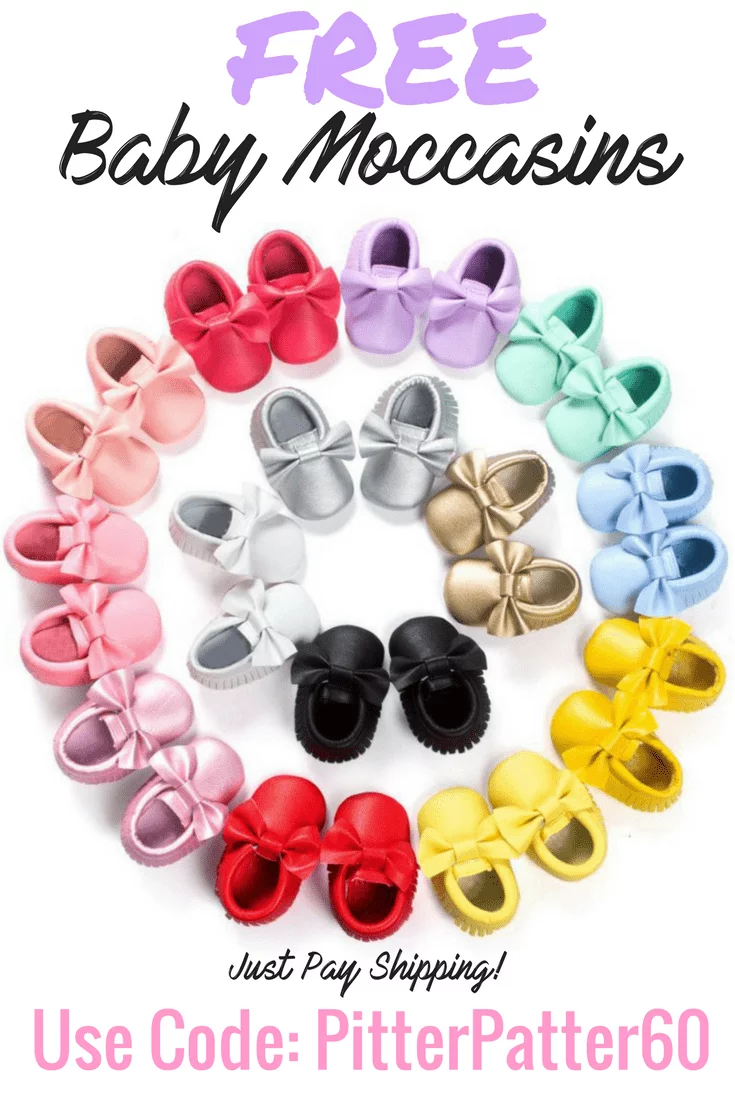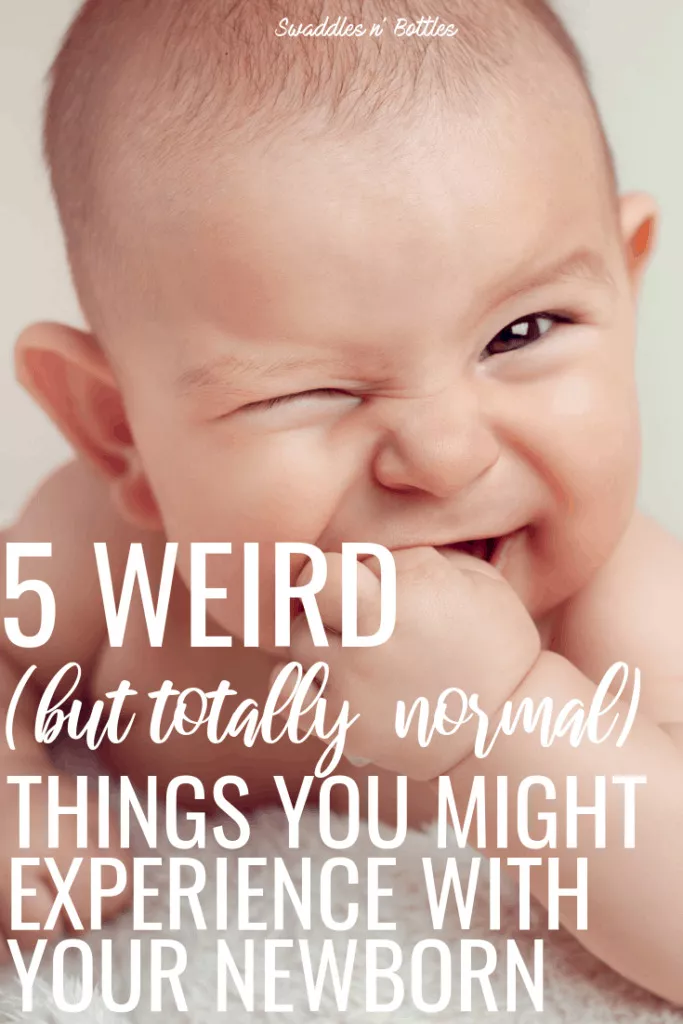
5 Weird Things about your Newborn (That are completely Normal)
You had your precious baby, congrats! Now you are adjusting to motherhood and your newborn is adjusting to the outside world. You might see weird things about newborns that may startle you, but they are completely normal. We’ll go over the few BIG weird (but totally normal) things.
Newborn Acne – Why it develops & How to treat it
Your newborn may have white, reddish little pimple like bumps on their face. It is completely normal!
Most newborns are adjusting to life out of the womb, they are still getting hormones from their mother’s milk and their bodies are starting to react to the outside environment. These hormones can cause acne on a newborns face.
It can least anywhere from a few days, weeks, or months.
If your newborn has acne it is NOT going to determine the type of skin they will have when they are older!
How to Treat Newborn Acne
- Warm Wash Cloth – Soak a wash cloth in warm water, it should not be burning to the touch. With this wash cloth you will gently rub babies face. The warm water will open up those little pores and clean out the acne. Then pat your baby’s face dry. Do this once a day.
- Do NOT use scented lotion – A newborns skin is very sensitive you do not want to add anything to their face that can cause them to be irritated or increase the acne.
- Use Breast milk – If you are breastfeeding or exclusively pumping you can use your breast milk to give baby a milk bath. You can also use a little bit of your breastmilk and apply it directly to baby’s face. Then let it dry. More details on Milk Bath and how to make one here.
- Do Nothing – if you want to take a truly organic approach do nothing and let the acne go away on it’s own.
Cradle Cap – What is it & How to treat it
Newborn dandruff and scaly heads are known as Cradle Cap. Cradle cap can be a scaly, yellowish or whiteish, flaky skin rash on the top of a newborns head. It can also appear on baby’s forehead, nose and ears.
It does not hurt baby and it does not do anything that would affect their health.
It is super common and usually goes away on its own between six – twelve months or with the help of the tips below.
How to Treat Cradle Cap
If you are like me (my son had cradle cap that looked like yellow freckles all over his head – and he was bald so you could clearly see it), I just had to peel it off.
It is best if you do not peel it off, leave it alone (which is hard to do) but the best solution.
- Baby Oil (coconut oil) and a Comb – you can apply a small amount of baby oil or coconut oil and massage it onto the scalp of your newborn, then with a baby comb slowly brush out the cradle cap. You can continue to do this until it is all gone. Usually within one-two weeks.
- Baby lotion and a comb – you can do the same concept with the baby oil just switch it over to a non-scented baby lotion.
- Try a Milk Bath – it really is a healing bath!
- Do Nothing – it usually goes away on its own, if it doesn’t bother you just leave it.
Using Oils and Combs Extra Tip – if you go ahead and try either tip #1 or #2 you must let the oil or lotion soften the flakes on the scalp. By allowing it to soften the flakes, it will be easier to remove the cradle cap.
Soft Spots on Head – Totally Normal
It is no question that one of the weird things about newborns is their soft spot. It may seem scary and like your newborn is super fragile because of this. Remember these little ones are tougher than they look.
The medical term for soft spots is fontanel. Babies are born with several fontanels. One on the back of the head, on the sides, and one on the top of the head.
The soft spot on the back of the head is located right above the neckline. This is a smaller soft spot that many don’t notice. It is usually triangular and the bones in your newborns head will close it up by 6-8 weeks.
The larger soft spot is located on the top of baby’s head. It is protected by a large membrane until baby’s skull and brain continue growing and close it around 12-18 months.
Can you Touch the soft spots?
Touching the soft spots on baby’s head will not hurt or damage your newborn, just don’t poke or mess with the soft spots. The membrane underneath protects it from any damage. But it is better to be aware of where these spots are located.
What to do if the soft spot sinks in?
The larger soft spot should be firm with a very slight curve. If you notice your baby has a sunken soft spot you should go to your nearest Emergency Room.
The sunken soft spot usually means baby is dehydrated. Yes, you can give baby more milk and hope that everything is fine. But it could also mean a few other things. It is best to get it checked out by a professional.
Remember a slight curve in the soft spot is normal, a sunken down soft spot needs medical examination.
Tips for keeping Newborns Hydrated
It is not recommended to give a newborn water. All they need is breast milk or formula. Most newborns will eat every 2-3 hours.
Try to keep up with their supply of hunger and they should be just fine.
If you are in warmer weather or outside with your newborn, keep up the feedings and dress them appropriately for the weather.
Blue – Grey ‘Bruise’ on Buttocks or Back
This is one of those weird ones but again it is very common. A lot of newborns will have small bruises on their behind or back. These slight blue-greyish bruises are known as Mongolian Spots.
Newborn are born with Mongolian Spots because they traveled through the birth canal. Making them mold to get out a tight space. This in turn creates a slight bruise.
How to Treat Mongolian Spots
The bruise will more than likely disappear by the time your newborn reaches 12-24 months. In rare instances they will keep the bruise into kinder age or adulthood.
There is no treatment available and it does not hurt or determine any type of illness in your newborn. Remember this is totally normal.
If you are unsure if baby was born with this bruise and it has now developed, please seek counsel with your pediatrician or doctor to determine the cause of this appearing bruise.
Cross-Eyed Newborns
If you are looking at your newborn and you notice that their eyes are moving independently of each other that is again completely normal.
It isn’t till three – four months that your newborn should have a good grasp of eye control movement. By this time they should be able to look straight without having any inward or outward motion of their eye movements.
They should also at this time frame be able to follow with their eyes.
In the beginning they will have a wandering eye or two wandering eyes. Don’t let it scare you off.
Treatment Options if Crossed Eyes is persistent
If you notice that your 6 month old (or older) is still having issues with crossed eyes. You will need to talk with your doctor and also make an appointment with an Optometrist.
It could be as simple as your baby needing glasses or it could be a medical condition where you’re doctor will help you plan treatment options.
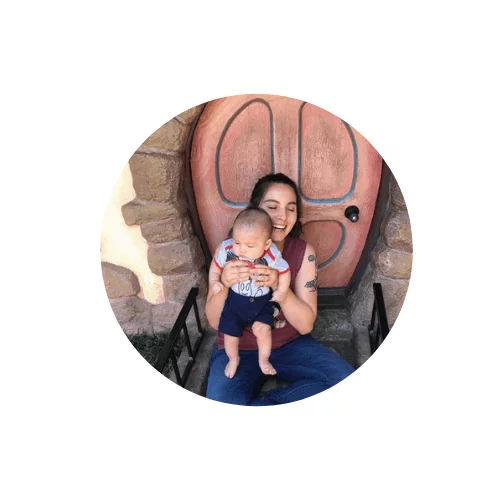
Rosaura is the mom behind Crafty Motherfather; a blog dedicated to help pregnant & postpartum moms be the best versions of themselves while tackling the ‘not so great’ parts of motherhood. If you’re ready to say bye to Labor Fears, no baby budgeting and no plans. Say hello to Organized days, budgets, & amazing plans that you can follow through! Then you will want to take Rosaura’s FREE 7 Day Stress Less Pregnancy Course!
More Newborn Posts:

